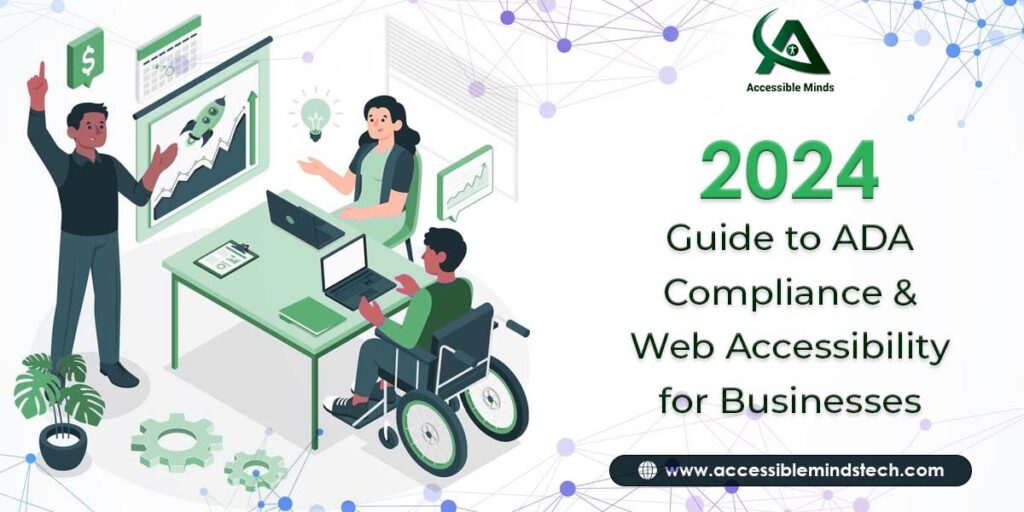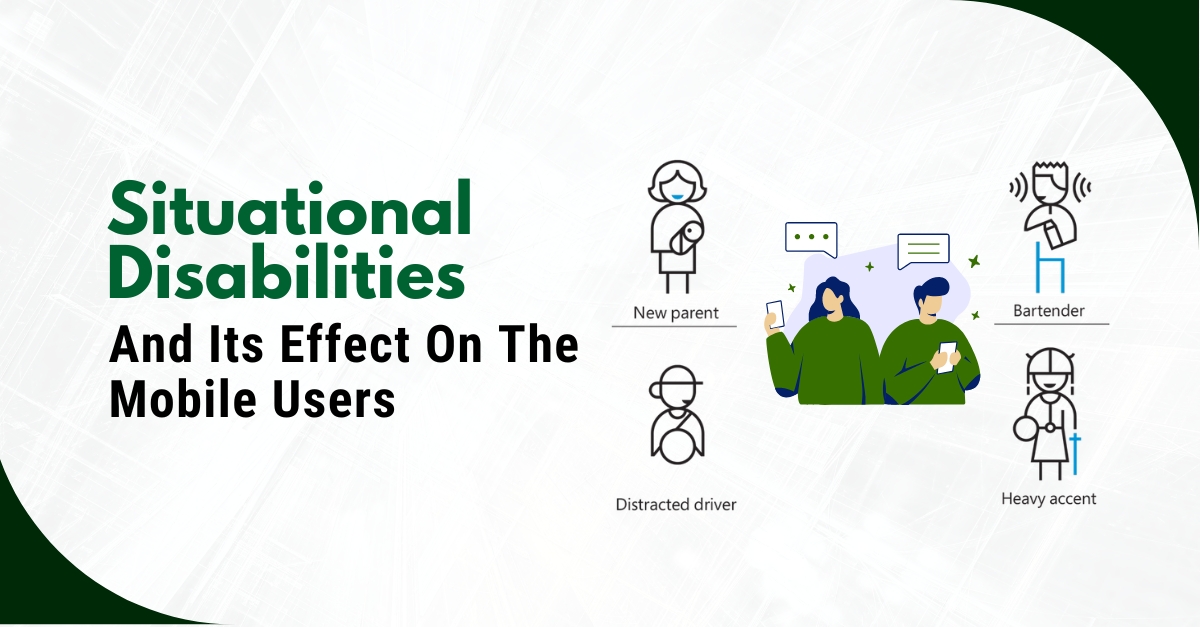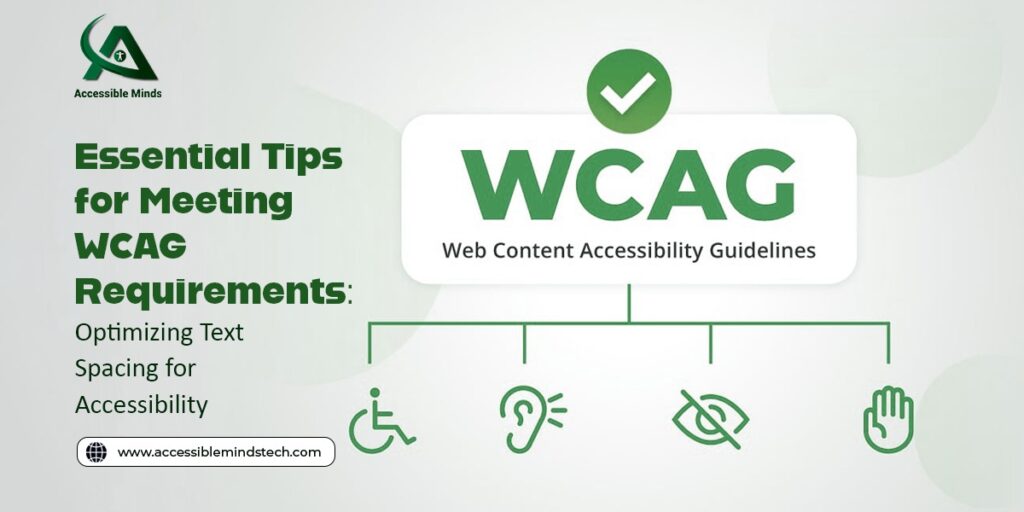In today’s dynamic digital realm, businesses and institutions face growing pressure to ensure the accessibility of their websites, web apps/SaaS, and mobile apps, in adherence to the Americans With Disabilities Act (ADA), Section 508 of the Rehabilitation Act, and state laws, such as those in California and New York. Beyond mere compliance, there’s a recognition of the opportunity to cater to the diverse needs of the 61 million people with disabilities in the US, along with the 70 million aging Baby Boomers. Whether driven by regulatory compliance or the desire to reach a wider audience, prioritizing digital accessibility testing services has become imperative.
Benefits of Web Accessibility
- Avoiding Lawsuits:
Ensuring web accessibility is not just a moral duty but a legal one, given the escalating number of ADA-related lawsuits. With over 96% of websites falling short of WCAG conformity, the risk of legal action is ever-present, making compliance a necessity.
- Meeting DEI Commitments:
Committing to web accessibility reinforces respect for the rights and dignity of individuals with disabilities and seniors, aligning with broader Diversity, Equity, and Inclusion (DEI) goals. This commitment resonates positively with customers, employees, and stakeholders.
- Boosting SEO:
Aligning with ADA compliance standards not only ensures accessibility but also enhances Search Engine Optimization (SEO). Improved visibility, courtesy of clear headings, alt text, and structured markup, expands the reach of your website to a broader audience.
- Enhancing Usability and Customer Satisfaction:
Beyond catering to individuals with disabilities, accessible websites improve overall user experience. Enhanced ease of use, navigation, comprehension, and interaction foster higher levels of customer satisfaction and loyalty.
- Expanding Market Reach and Sales:
The aging demographic, coupled with individuals with disabilities, represents a significant market share. Addressing accessibility challenges not only broadens your market but also supports the digital engagement of the growing demographic of digital seniors.
- New for 2024: The Rise of AIO – Artificial Intelligence Optimization:
As AI-driven platforms gain prominence, aligning with WCAG standards becomes crucial. Artificial Intelligence Optimization (AIO) and digital accessibility testing services intertwine, presenting new opportunities for digital marketing in compliance with accessibility standards.
The Legal Landscape for Web Accessibility Compliance
Digital ADA Compliance for Websites and Apps
The ADA’s impact extends to digital spaces, necessitating effective communication and equal enjoyment for individuals with disabilities. ADA-related lawsuits, while settled out of court, underscore the legal imperative for digital accessibility.
Section 508 Compliance for Websites and Apps
Since the 2018 refresh, Section 508 of the Rehabilitation Act mandates accessibility for federal agencies and institutions receiving federal funding, impacting educational institutions and contractors serving the federal government.
State Digital Accessibility Laws: New York and California
States like New York and California enforce specific accessibility standards, emphasizing compliance with WCAG 2.1 AA. These laws broaden the scope beyond federal regulations, imposing penalties for non-compliance.
508 & ADA Standards for Web Accessibility: WCAG
The Web Content Accessibility Guidelines (WCAG) serve as the gold standard for digital accessibility globally. The standards focus on four basic principles: Perceivable, Operable, Understandable, and Robust, with three levels of conformance—A, AA, and AAA.
Level A (Basic Level):
This marks the foundational tier of web accessibility, encompassing essential features that every website must integrate. Level A requirements include provisions such as offering text alternatives for non-text content (such as images), ensuring keyboard navigation feasibility for basic functions, and using straightforward language or providing explanations for uncommon terms. Failure to meet Level A standards may render it challenging for some users to access information on a website.
Level AA (Intermediate Level):
Building upon Level A criteria, Level AA sets the standard for most websites, striking a balance between implementation complexity and accessibility enhancement. Key requirements at this level involve providing alternatives for audio and video content (like captions), structuring content for varied presentations without loss of information or structure (such as ensuring proper heading structures), and ensuring sufficient contrast between text and background for clear visibility.
Level AAA (Advanced Level):
At the highest level of accessibility standards, Level AAA incorporates all Level A and AA criteria with added stringency. While challenging to implement for certain content types, Level AAA is not mandatory for entire sites but may be suitable for specific content or resources within a site. Requirements at this level include detailed guidance on text and visual presentation, advanced alternatives for audio and video, and enhanced navigation assistance.
It’s crucial to understand that achieving full compliance with higher levels inherently encompasses meeting all criteria of the lower levels. Additionally, while Level AAA represents the pinnacle of accessibility standards, its practicality and necessity may vary for different websites. Most organizations target Level AA compliance to meet legal obligations and ensure a robust level of accessibility for users with disabilities.
How to Make Your Website ADA Compliant
Step One: Automated + Manual Website Audit with Human Auditors
A comprehensive audit, combining automated, manual, and assistive technology testing, provides a holistic view of accessibility issues. Human testing remains crucial, complementing the limitations of automated tools.
Step Two: WCAG Website Remediation
The remediation process involves addressing issues identified in the audit. In-house teams or external specialists can undertake this, with a focus on prioritized tasks. A final WCAG verification audit ensures compliance.
The Cost of Web Accessibility Auditing
While achieving accessibility compliance incurs costs, a strategic approach can mitigate expenses. Keypage Audits, focusing on a subset of pages, offer a cost-effective solution while revealing systemic errors.
Demonstrating ADA or 508 Compliance: VPATs & ACRs
Voluntary Product Accessibility Templates (VPATs) evaluate product accessibility against standards, while Accessibility Conformance Reports (ACRs) formalize compliance reports. These documents assist vendors in demonstrating compliance and guide buyers in informed decision-making.
Accessibility Solutions to Avoid
Overlay widgets, plugins, or toolbars claiming instant ADA compliance through AI are often ineffective and may exacerbate accessibility issues. Relying on genuine, human-driven solutions is crucial to ensuring legal protection and true accessibility.
Final Thoughts & Silver Linings
Digital accessibility testing service is a non-negotiable aspect of online business. While the journey may involve upfront costs, the benefits extend beyond compliance, positively impacting user experience, search engine visibility, and market reach. Embracing accessibility not only aligns with legal requirements but also positions businesses to thrive in a diverse and inclusive digital landscape.







